- Home
- Directory
- Shop
- Underwater Cameras - Photographic Accessories
- Smartphone Housings
- Sea Scooters
- Hookah Dive Systems
- Underwater Metal Detectors
- Dive Gear
- Dive Accessories
- Diving DVD & Blu-Ray Discs
- Diving Books
- Underwater Drones
- Drones
- Subscriptions - Magazines
- Protective Cases
- Corrective Lenses
- Dive Wear
- Underwater Membership
- Assistive Technology - NDIS
- On Sale
- Underwater Gift Cards
- Underwater Art
- Power Stations
- Underwater Bargain Bin
- Brands
- 10bar
- AOI
- AquaTech
- AxisGo
- Backscatter Underwater Video and Photo
- BLU3
- Cayago
- Chasing
- Cinebags
- Digipower
- DJI
- Dyron
- Edge Smart Drive
- Eneloop
- Energizer
- Exotech Innovations
- Fantasea
- Fotocore
- Garmin
- Geneinno
- GoPro
- Hagul
- Hydro Sapiens
- Hydrotac
- Ikelite
- Indigo Industries
- Inon
- Insta360
- Intova
- Isotta Housings
- Jobe
- JOBY
- Kraken Sports
- LEFEET
- Mirage Dive
- Nautica Seascooters
- Nautilus Lifeline
- NautiSmart
- Nitecore
- Nokta Makro
- Oceanic
- Olympus
- OM System
- Orca Torch
- Paralenz
- PowerDive
- QYSEA
- Scubajet
- Scubalamp
- Sea & Sea
- SeaDoo Seascooter
- SeaLife
- Seavu
- Shark Shield
- Sherwood Scuba
- Spare Air
- StickTite
- Sublue
- Suunto
- SwellPro
- T-HOUSING
- Tusa
- U.N Photographics
- Venture Heat
- XTAR
- Yamaha Seascooter
- Youcan Robot
Hotsuit heated kidney belt - First impressions
Contributed by Simon
The Hotsuit kidney belts come with a neoprene belt that goes around the abdomen and separate chemical heat packs that slides into the belt and sits in the small of the back. They generate heat through a chemical reaction that is started by pressing a small button in the middle of the pack.
I thought I would try out and write a review on the Hotsuit kidney belt. I've used
the belts very little (so this is hardly an exhaustive trial), but have come to the conclusion that there are better ways to stay
warm while diving.
I believe that either buying a better suit or adding additional layer under
your wet or dry suit is a far more reliable, and in some cases cheaper, alternative
for staying warm. I think that this approach is more reliable because you can
be much more certain about your comfort if you choose the right thermal protection
for the conditions and I also feel that in many circumstances there are practical
and logistical benefits.
I also have some concerns about differential heating of tissues and how this may affect heat loss, perceived warmth and also decompression. You can judge for yourself if these are fair criticisms. What is really needed is some kind of controlled study where core body temperature is monitored in similar conditions with and without the belts, rather than a subjective assessment. However, I feel my points on logistics and reliability will still hold up.To understand where I'm coming from I think it is necessary to ask the question: "Why would you want to buy a heat belt?". If the answer to this question (as I suspect it is for most people) is that you are getting cold in your wet or dry suit at certain times of the year, then I think there are a few issues with using an artificial heat source of any kind to solve this problem. I believe that even the brief practical experience I have had with the belts sofar has highlighted these quite well.
Reliability
The first thing that comes to mind is reliability. With any kind of heating device you need to rely on either a chemical reaction occurring when you want it to occur or current from a battery pack being available when you need it. This is contrary to my ideal of choosing the simplest and most reliable solution to a problem.
Batteries can go flat or short and fail if a leak occurs. On the face of it a pack using a chemical reaction seems to be a more reliable solution. However there are a few things to remember...
- The packs need to be primed which requires boiling them for 15 minutes in water. Your comfort on a dive relies on you remembering to boil the pack/s before each days diving. I don't trust my memory that much and there are times this is not practical (camping?).
- As the reaction once started cannot be stopped you must be able to activate
the heat pack only when you want it. I would suggest that in most instances
that is not at the start of a dive when your at your warmest. That means you
need to be able to activate the pack through your suit (and likely under your
weight belt or BC) during the dive. A buddy and I first trialled the heat
belts wearing wetsuits at the start of winter. It would have been most amusing
for anyone watching us as we struggled to jam our fingers into the small of
our backs (through several layers of neoprene) to activate the packs.
Ok that's one side of the story. On the only occasion I tried the pack with my dry suit the pack activated as I geared up (trilaminate suits are quite thin and it is easy for a weight or something else to poke the centre of the pack while kitting up). Making for a very warm start to the dive and a cold finish. Now consider what it would be like if you had a delay that stopped you getting into the water or had to hike down a beach or headland fully kitted up.
Now setting aside the difficulty in getting a pack to activate while your wearing it imagine if your only pack is activated in your gear bag on the way to the dive site, what do you do then? Dive anyway and get cold?
Contrast this with wearing an appropriate wet suit, adding extra layers under your suit or wearing better or extra thermals under a dry suit. The benefits are available all the time since any heat comes from your own body. I don't think it makes sense for my comfort to depend on a heat pack being available and working right when I want it to. - My final point here is that as a chemical process the bulk of the reaction occurs when you first activate the packs. Consequently there is a lot of heat generated initially and significantly less over time. My feeling is that the vasodilation resulting from this initial high temperature results in greater overall heat loss (which I can't prove) and a greater perceived cold feeling later in the dive (hard to quantify).
Logistics
Lets take this one step further and look at logistics. One of the reasons I bought myself a Hotsuit belt and few heat packs was to stay warm during a recent commercial dive course in mid winter in New Zealand. I was expecting 4-7 degree water and long dives. The reality was somewhat warmer water (9-12 degrees) and a very rushed diving schedule with 5-7 minute diver change overs at times, a fairly haphazard diving schedule, long stints performing duties on the surface or long periods fully kitted up waiting to dive when there were delays. Consequently there was often very little time to gear up, some uncertainty about when or if I'd be diving and often as a result I would stay suited up all day so I could jump straight in at a moments notice.
This is perhaps an extreme example but there are often time in recreational and scientific diving when there just isn't the time or opportunity to strip down and install some kind of heat pad.
Consider working in a dive shop where there is a short turn around between dive trips and always a hundred things to do. Or maybe it's raining and you don't want to remove your dry suit, maybe the dive boat is crowded and rushed. Maybe you just forget to swap a spent pack over until just before you are about to jump in and everyone is waiting for you.
When it came down to it I didn't have time to muck around changing heat packs over and in any case I found that I could easily stay warm by wearing an extra layer of 300 gram thermals under my regular 400 gram thinsulate. This approach was superior as there was no need to take my suit off between dives to change heat packs. The warmth afforded by my thermals was available ALL of the time (through the entire dive and between dives while I worked on the surface in the wind and rain tendering and doing other duties).
If I had relied on heat packs to stay warm instead of extra thermals I dare say I would have gotten cold on the longer dives (when all heat was expended) and frequently gone in without a heat pack because they were either all expended or I didn't have time to swap over packs.
Performance
The closest I came to doing any sort of controlled assessment of the performance of the heat belts was prior to leaving for New Zealand diving in 19 degree water doing fish counts. In the first week I did two dives in a Probe 5mm steamer with 1mm Billabong rashie and shortie underneath and 5mm DUI dry suit hood. On both dives I used a Hotsuit heat belt. On both dives I activated the heat packs underwater when I started to feel chilled (around 1/3 of the way through the dive).
The packs certainly produce some heat and it's a nice feeling in the small
of the back (although a bit too hot to start with if the belt is right next
to the skin). However surprisingly I found that on both dives I started shivering
and bizzarly was actually shivering while my lower back was quite hot.
I attributed this to the sort of thing that happens in a cold room when you
sit near a fire. The part of you nearest the fire gets very hot but other parts
of your body can feel relatively cold (to the point it can be uncomfortable).
Given the high heat capacity of water this differential can be quite extreme.
In some ways it almost seems like it makes things worse. I also wonder whether
artificially heating one part of the body causes blood vessels near the skin
to dilate increasing heat loss overall (in much the same way as pee'ing in your
wet suit is meant to increase heat loss).
I wonder if a diver would conserve heat better if the skin and extremities were allowed to cool, stimulating vasoconstriction. Some years back I used to dive most of the year in a 5mm short, mostly for convenience when rushing around loading boats and soforth working in the dive industry, however I also felt keeping the head and core protected and letting the extremities cool afforded some protection from the cold. No idea if this is right but it makes some kind of sense physiologically.
If I'd been thinking like a scientist instead of a warm water wimp when trying out these belts I would have done a days diving with the same suit and no heat pack to compare how I felt. But not wanting to get cold again I did the next series of dives with a 5mm arctic vest under my steamer and was warm as toast (no heat pack).
Conclusion.
Well you've already heard it, adding additional layer keeps you warm reliably. As mentioned I did manage to use one of the packs with my dry suit for one dive (when I was back in Oz and down to one set of thermals). I did the second dive of the day without a pack. I found that I felt just as cold at the end of both dives but again hardly an objective assessment. For anyone interested this was with a DUI TLS350 with 300 gram DUI polypropylene jump suit in 19 degrees for about an hour. I found the packs produced significant heat initially but diminished over time, 35-45 minutes.
Final note
The other reason I didn't use the heat packs on my commercial course was that the instructor claimed this type of pack was prone to exploding in a hyperbaric environment. As the barge we were working off had a chamber on board there was a very real possibility if a diver showed signs of decompression illness they could end up in the chamber within a few minutes of surfacing. The risk was not considered acceptable. I have absolutely no evidence what-so-ever to support this assertion and I can't imagine how that would happen with a sealed pack (unless there is some kind of gas exchange through the packaging?). Maybe one for Myth Busters?
The instructor also felt that the differential heating of the skin and tissues of the lower back was a concern for decompression. He felt that changing the blood flow to an area through vasodilation might affect on-gassing and off-gassing and result in a greater risk of DCS. Again, purely supposition (there are a whole range of factors that may affect gas uptake and elimination from specific tissues). Although I am aware of anecdotal evidence that incidences of skin bends may result when suit failures expose areas of skin to cold water for extended periods.
I should conclude by saying that the wet suit I used (the Probe) is not a true semi dry. It lets a significant amount of water in through a standard zip across the shoulders. A friend using a proper semi dry found the heat belt worked fine and this may be because the warmer water was trapped in the suit and there was less loss and temperature differential. Although I hasten to add she was wearing a 7mm hooded semi dry in 19 degrees. So I doubt she'd have been cold either way. I found in my dry suit the heating was more even when the pack was between the thermals and outer membrane of the suit (not next to my skin). I would imagine that warming air around your body would work much better than warming water (particularly in a poorly sealed wet suit).
Bottom line. I feel adding extra layers is a better solution to staying warm,
wet or dry. Wear a hood if you don't already (big difference). Add a thin under-suit
to reduce flushing. I think an arctic vest is a great piece of kit, covering
both the head and torso. Although be aware of the potential for reduced tidal
volume and problems with CO2 build up if this makes your suit too tight. If
you're diving dry good quality thermals to suit the conditions (like grade B
thinsulate) and maybe extra layers for when it's a bit cooler (thin hiking thermals
could be all the extra protection you need).
Tip: Don't entirely trust the temperature ratings, I use 400 gram thinsulate
below 20 degrees.
Shopfront
-
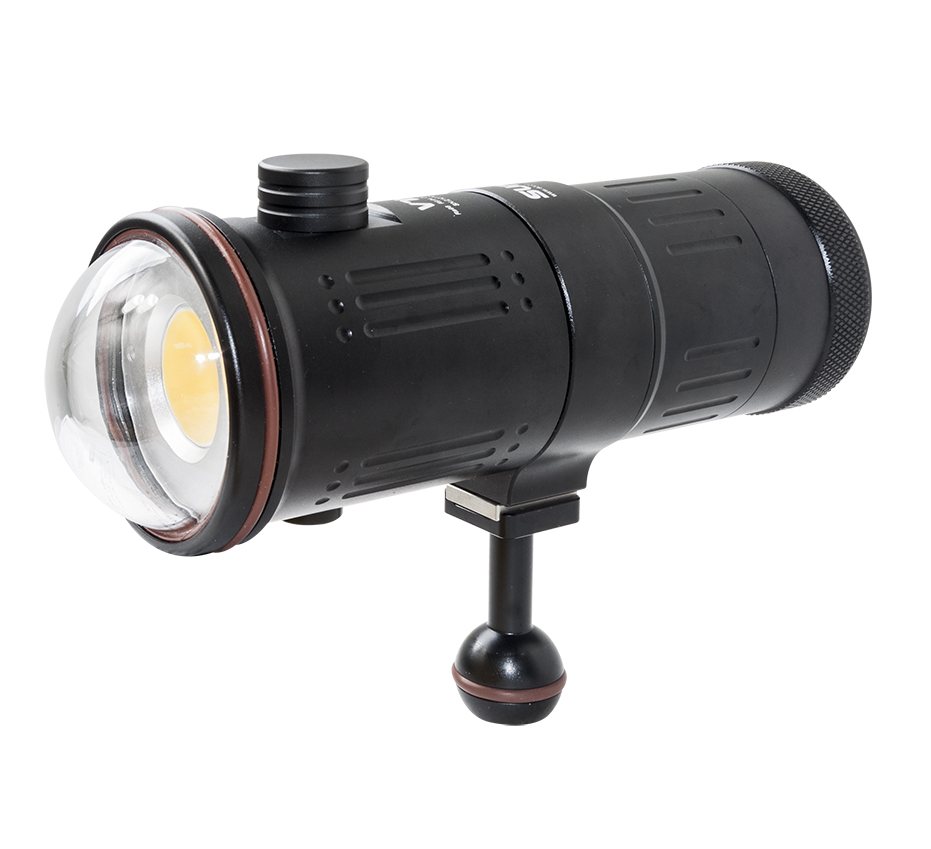 Scubalamp V7K Photo/Video Light - 15,000 lumens
Scubalamp V7K Photo/Video Light - 15,000 lumens
- Price A$ 1,699.00
-
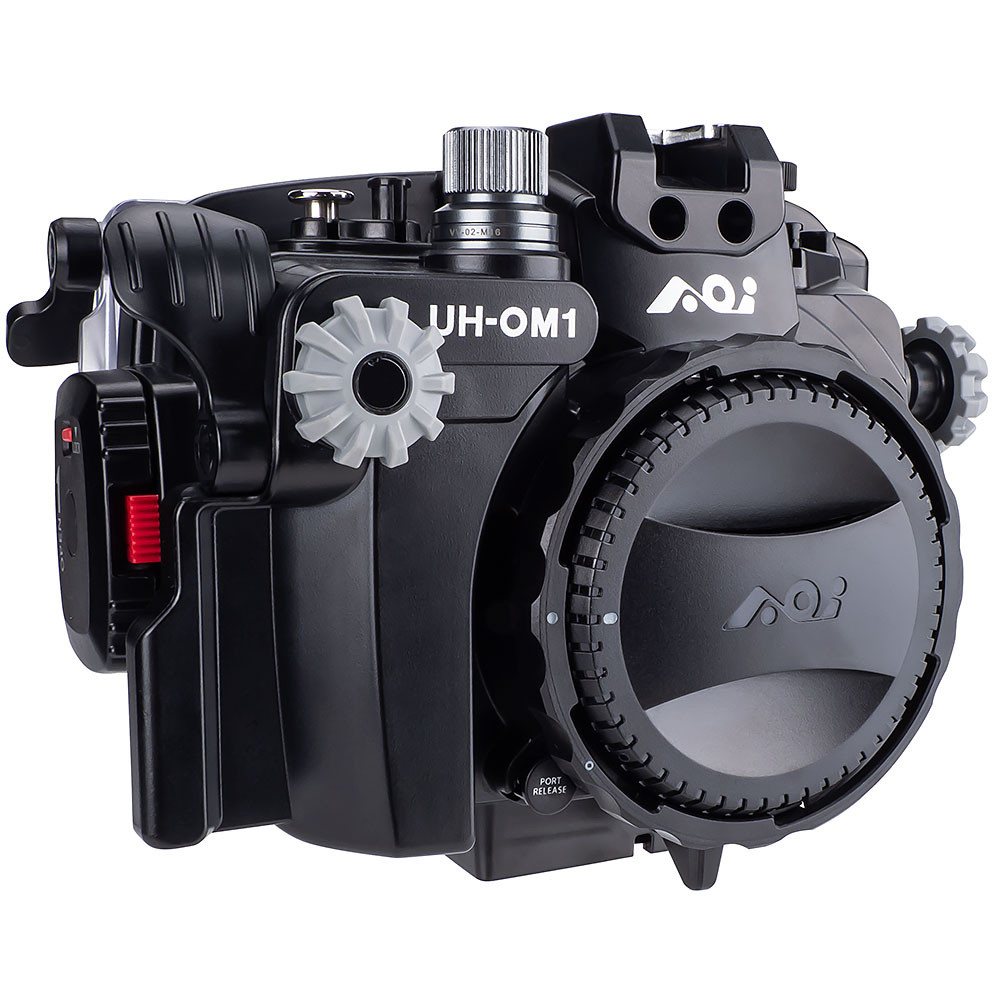 AOI UH-OM-1 Underwater Housing for Olympus and OM System OM1
AOI UH-OM-1 Underwater Housing for Olympus and OM System OM1
- Price A$ 1,699.00
-
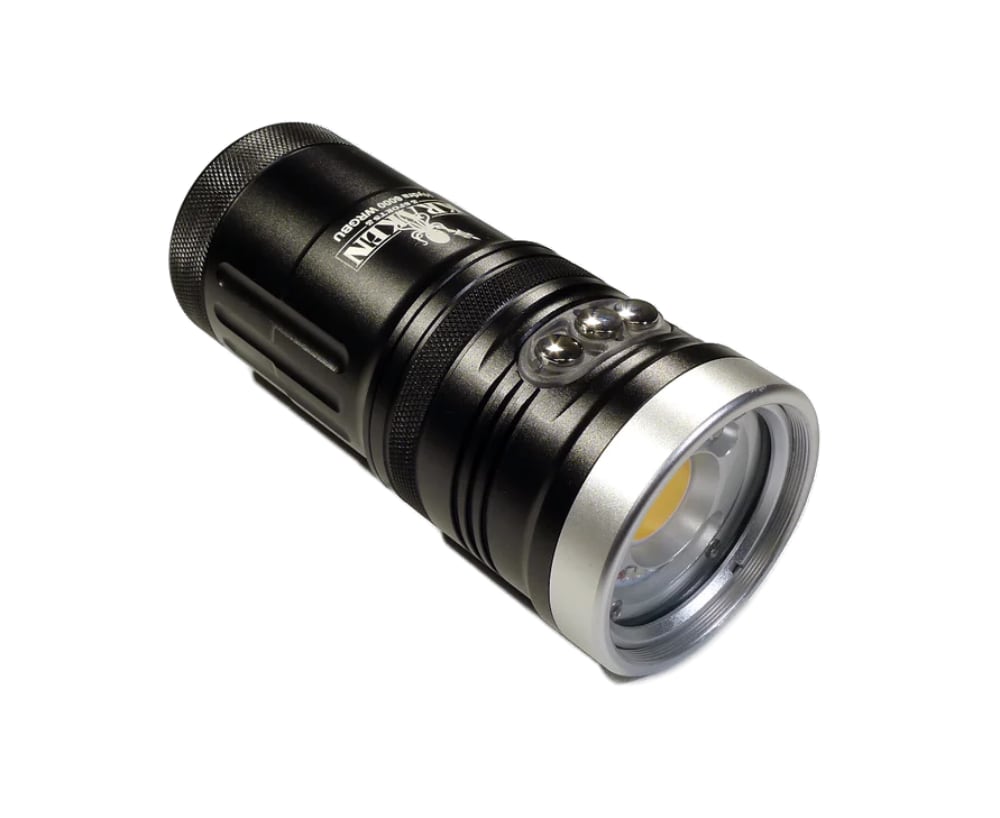 Kraken Hydra 6000 WRGBU
Kraken Hydra 6000 WRGBU
- Price A$ 899.00
-
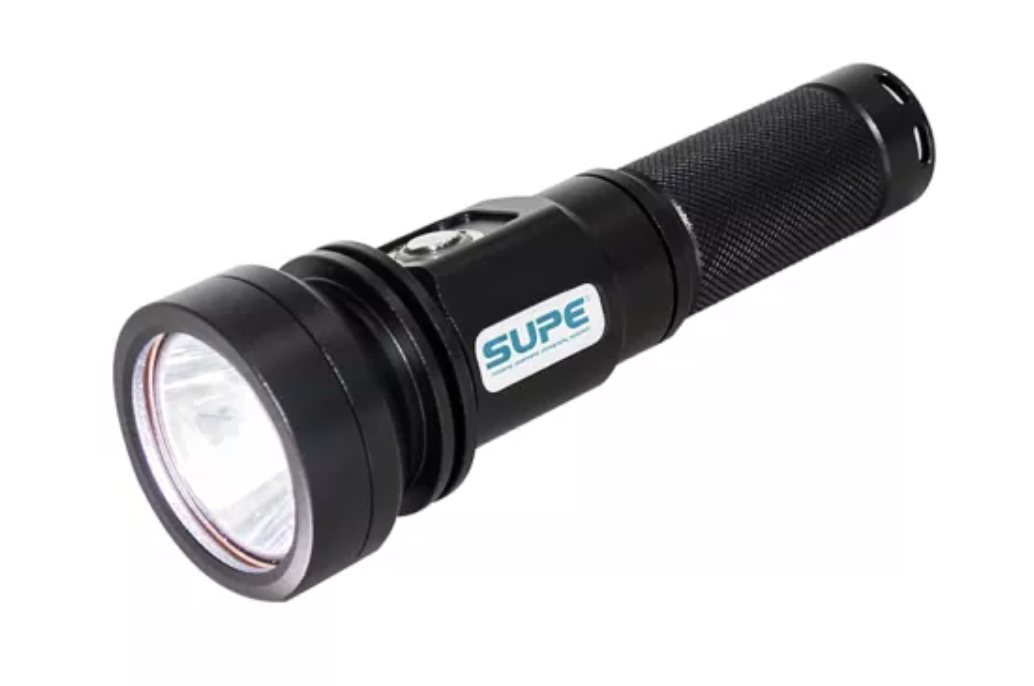 SUPE Scubalamp RD92 LED Recreational Diving Torch - 2000 lumens
SUPE Scubalamp RD92 LED Recreational Diving Torch - 2000 lumens
- Price A$ 189.00
-
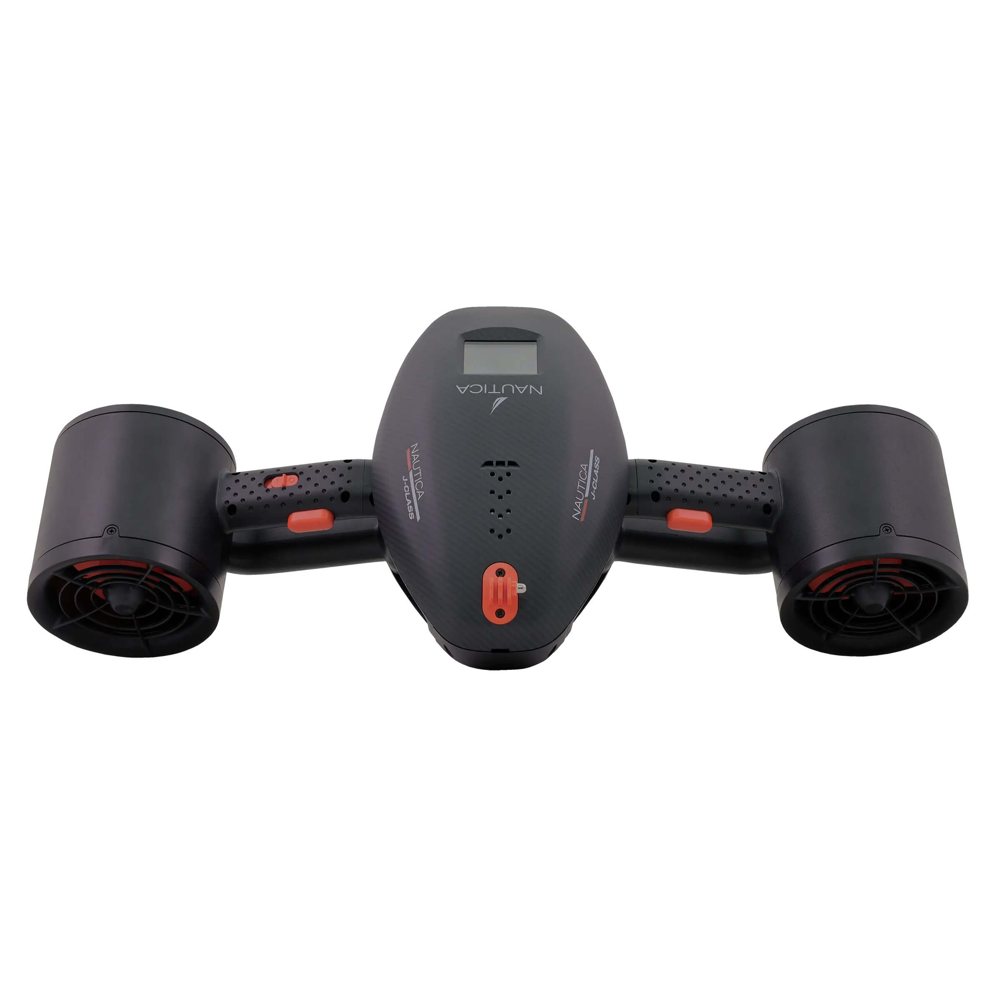 Nautica J-Class Seascooter
Nautica J-Class Seascooter
- Price A$ 1,499.00
-
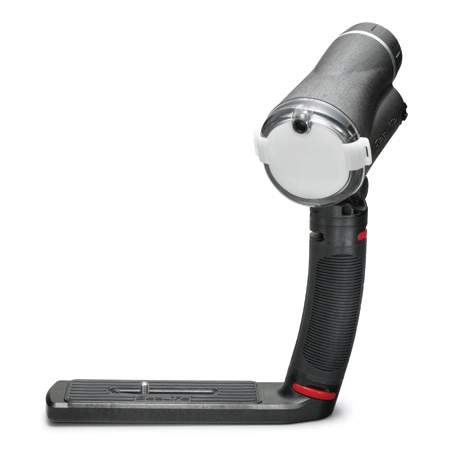 Sealife Sea Dragon Flash - Strobe
Sealife Sea Dragon Flash - Strobe
- Price A$ 699.00
-
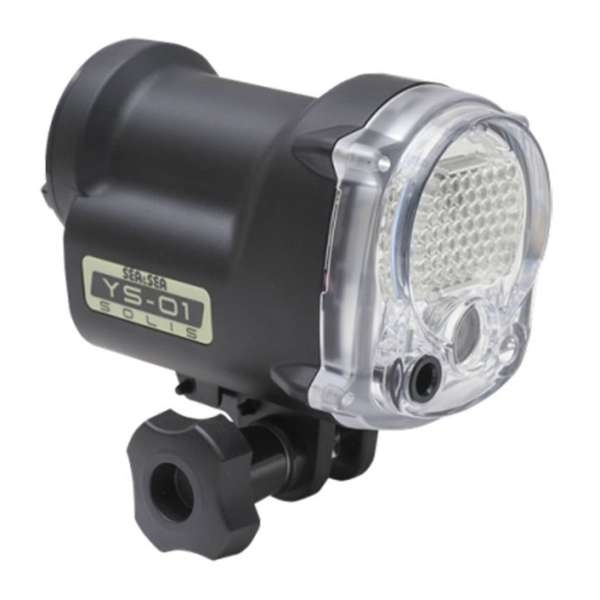 Sea & Sea YS-01 SOLIS Strobe head
Sea & Sea YS-01 SOLIS Strobe head
- Price A$ 739.00
In the Directory



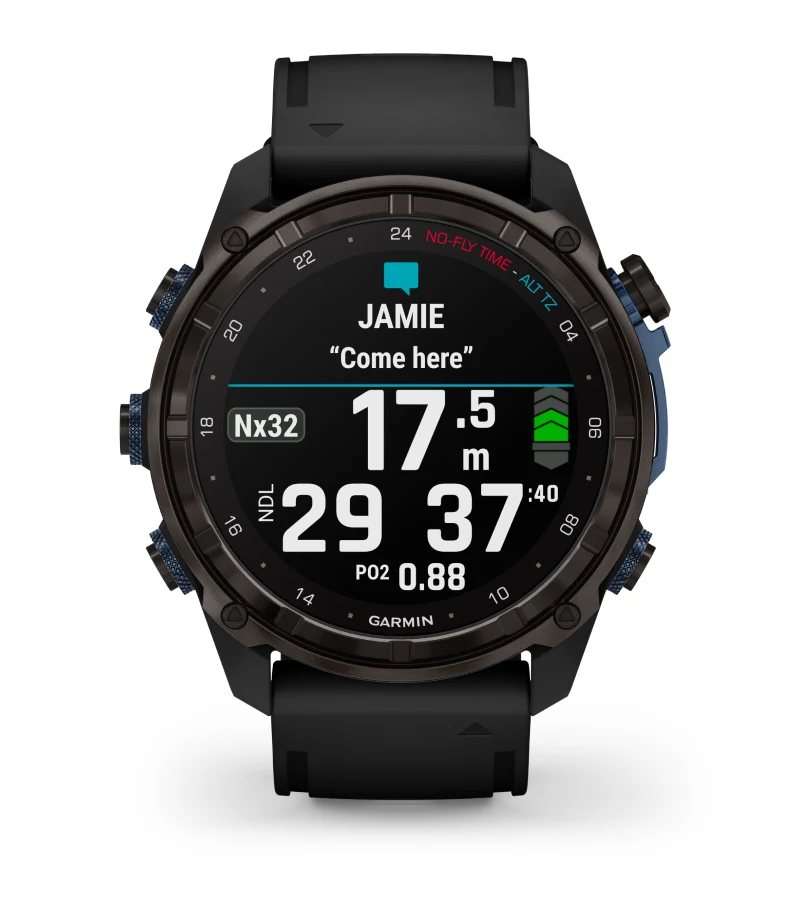

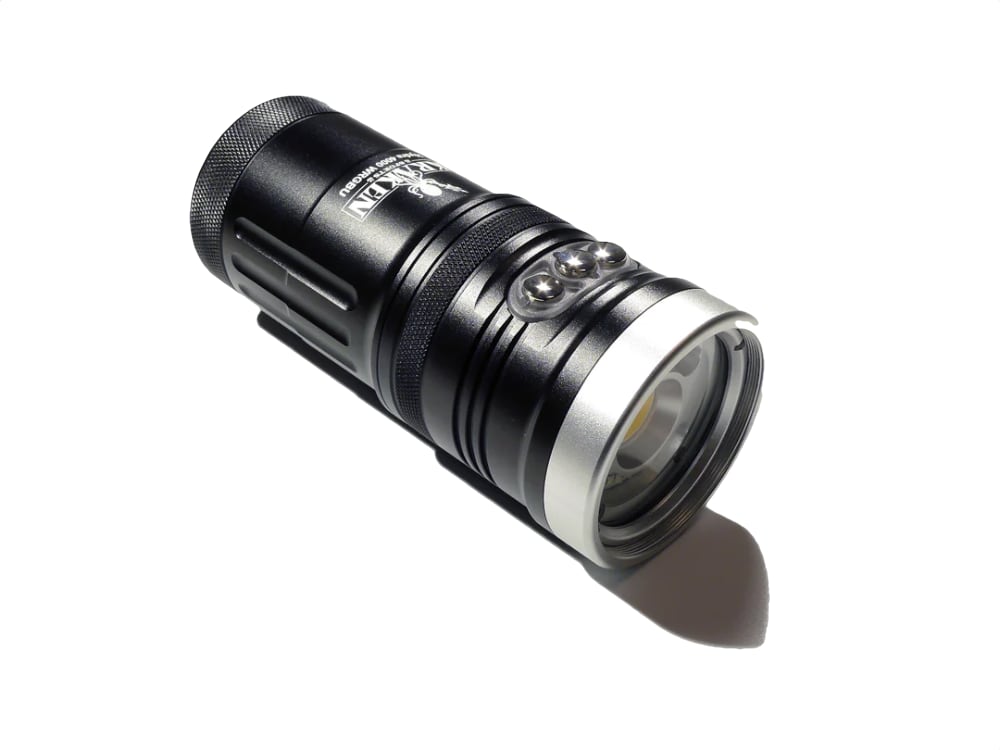
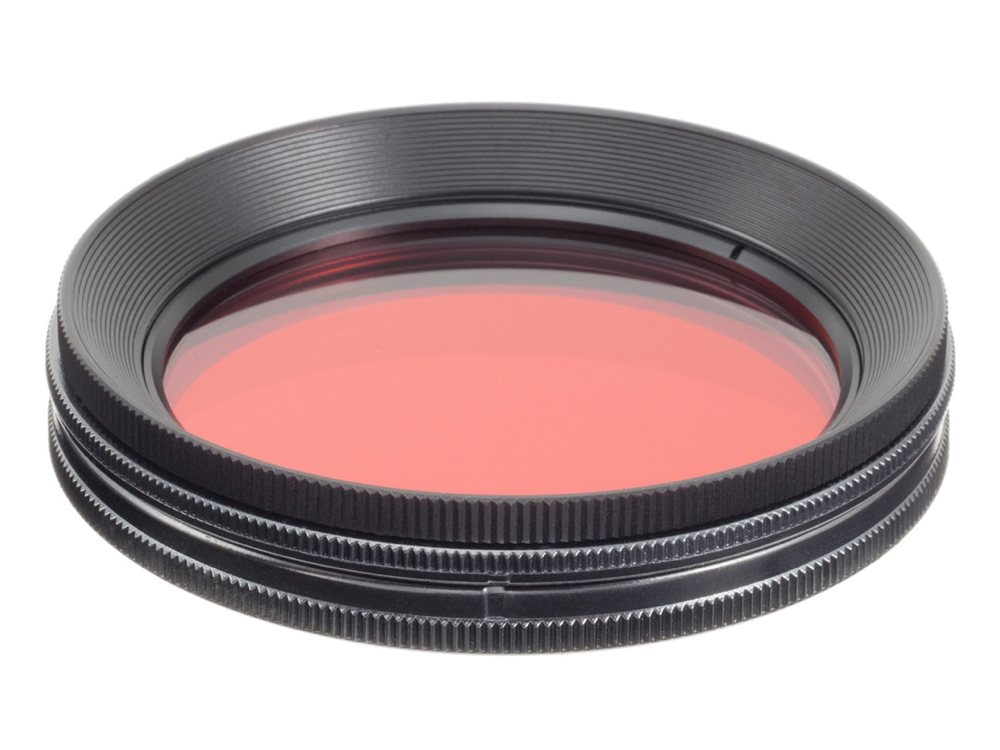

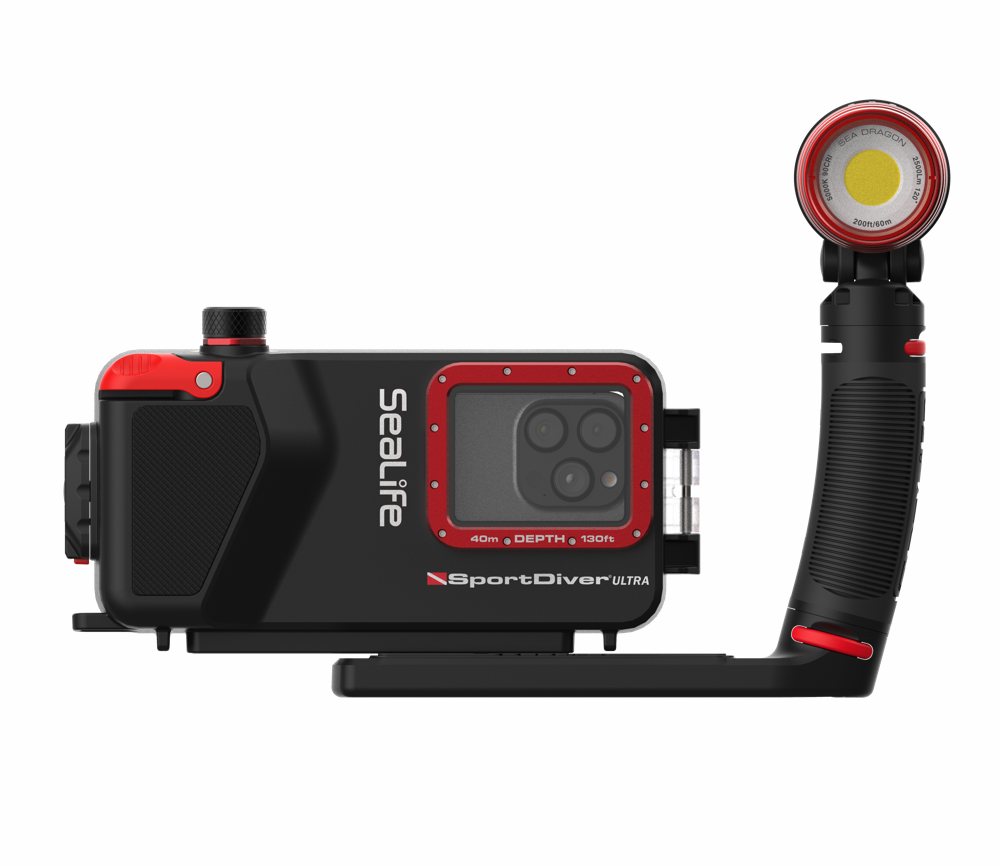
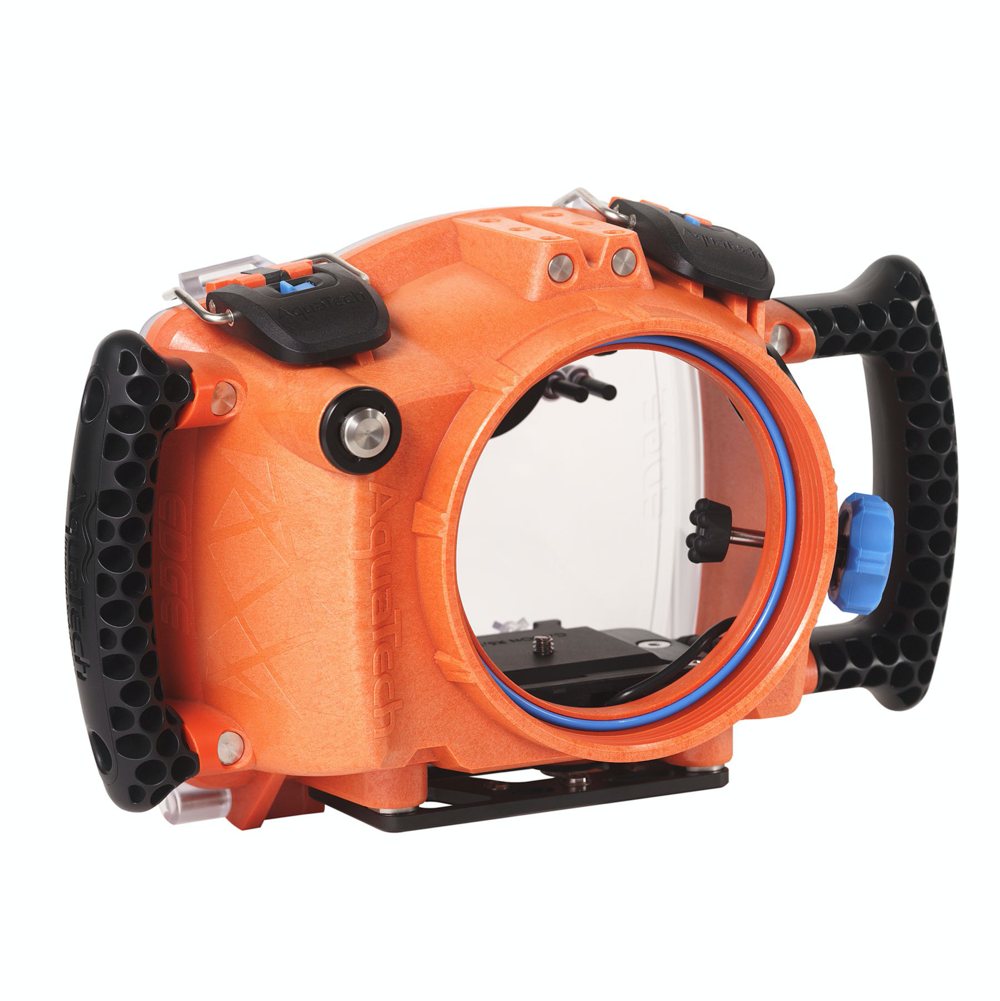

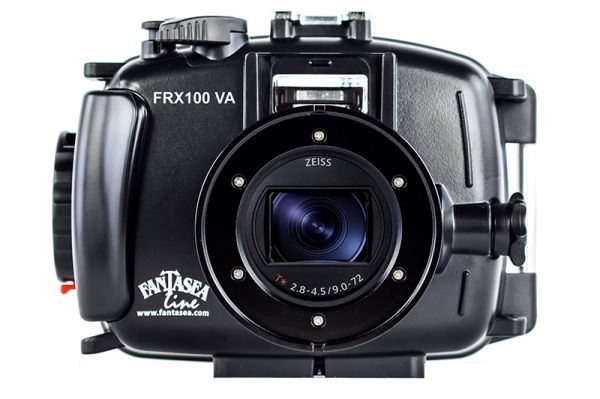 Fantasea FRX100 VA Vacuum Underwater Housing for Sony RX100 III / IV / V / VA
Fantasea FRX100 VA Vacuum Underwater Housing for Sony RX100 III / IV / V / VA 




